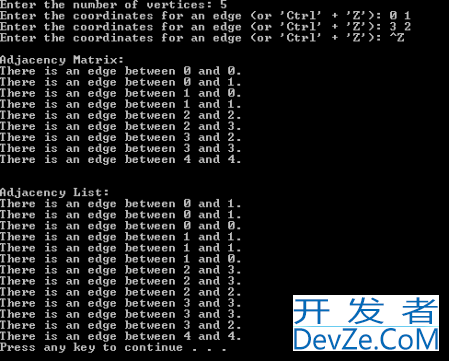I am trying to create an adjacency list to store a graph.The implementation works fine while storing 100,000 records.However,when I tried to store around 1million records
I have an adjacency list of objects (rows loaded from SQL database with the key and it\'s parent key) that I need to use to build an unordered tree.It\'s guaranteed to not have cycles.
I\'ve tried using nested sets, and they become very difficult to maintain when dealing with multiple trees and lots of other complications.. I\'d like to give PHP\'s SPL library a stab at this (btw, w
I need to create a tree menu of \"nth\" subcategories.I settled on using the adjacency list model for my table structure, because I won\'t be updating this table very much and this seemed the easiest
I am working on an assignment where one of the problems asks to derive an algorithm to check if a directed graph G=(V,E) is singly connected (there is at most one simple path from u to v for all disti
I\'m working on building a tree structure in MySQL and have been experimenting with different ways of representing the data.However, no matter how I slice it, there are shortcomings.
What is better, a开发者_如何学Pythondjacency lists or adjacency matrix, for graph problems in C++?

#include <iostream> using namespace std; struct node { int v; node* next; node (int x, node* t) { v = x;
I am using adjacency lists to represent a directed weighted graph and based on the example code provided by this SO question, I have created the following:
I want to pull out menu items from MySQL. M开发者_JAVA技巧ain menuid=1, parentid=0 -Contact usid=2, parentid=1